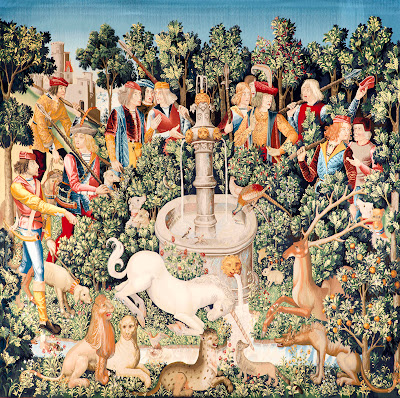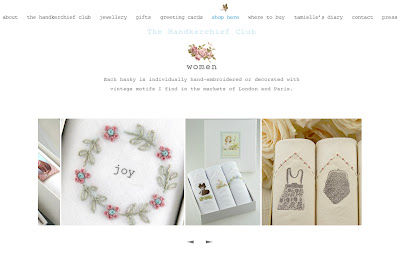Chapter 6 of my thesis is concerned with the increasing number of large-scale, architectural tapestries at Dovecot in the 1960s. I may have written 12,000 words on the subject, but an old issue of Punch magazine sums it up in one image:
'This is the wall, Foster. We'd like you to knock up some sort of apt and symbolic mural - you know the sort of thing - The Chairman and Board presiding over the Twin Spirits of Art and Industry as the rise from the Waters of Diligence to reap the rich harvest of Prosperity while the Three Muses, Faith, Hope and Charity flanked by Enterprise and Initiative, bless the Corporation and encourage the shareholders.'
I'm afraid I don't know what year this is from - my proof reader sent it to me after reading chapter 6!





.jpg)








































